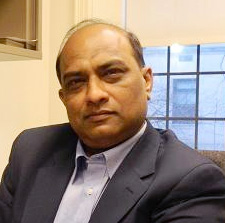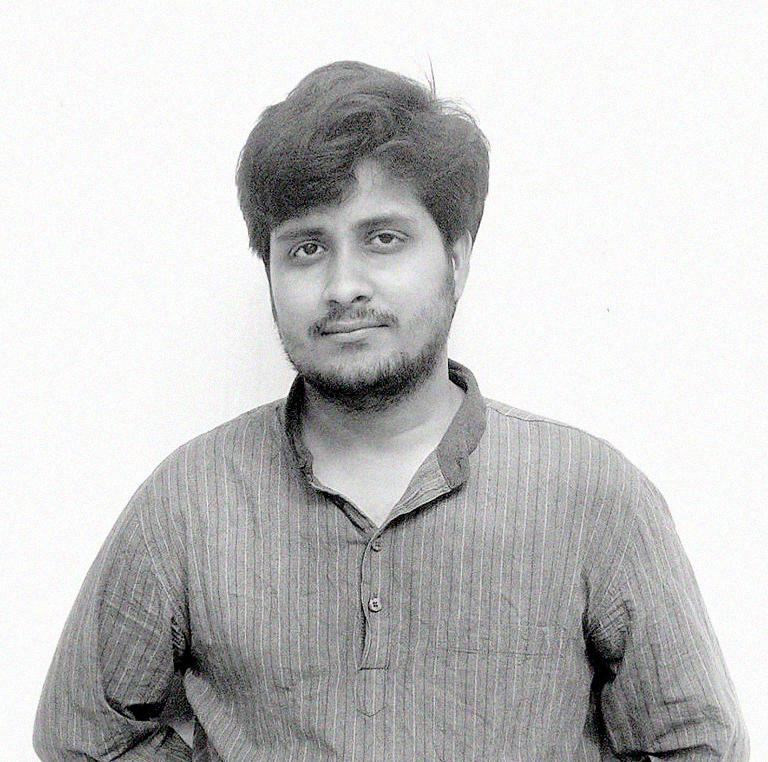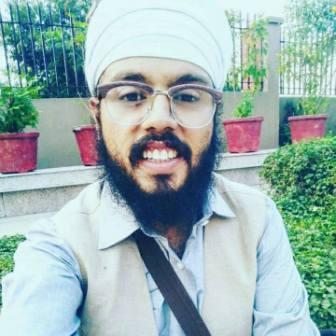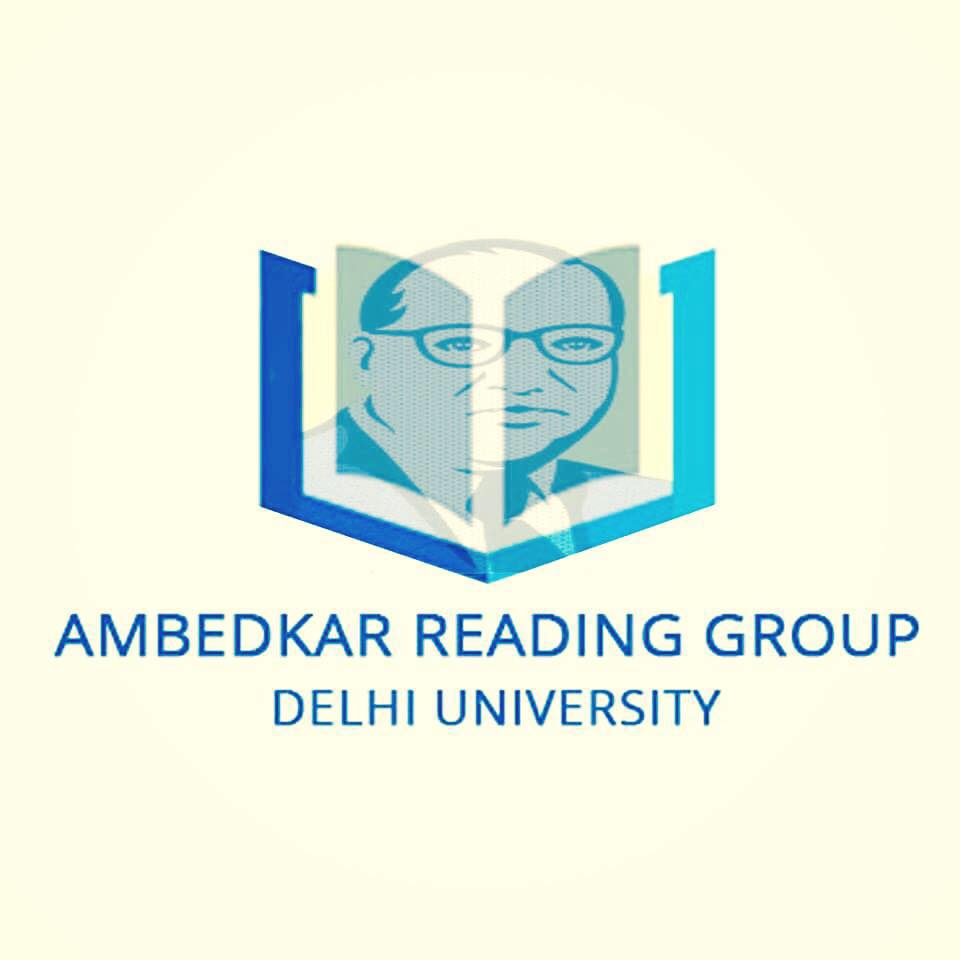Shivam Mogha
A great churning of ideas is happening in the sites of the current farmers’ protest at the borders of Delhi, being dubbed by many as the largest and longest peaceful protest in the world. As part of looking into various aspects of these protests, we have tried to understand the history of such mobilisations of the peasants and marginalized in India. We talk to Professor Vivek Kumar of Centre for the Study of Social Systems at Jawaharlal Nehru University. He is an eminent sociologist with a vast body of work on sociology of marginalized sections of India with a book titled ‘India’s Roaring Revolution: Dalit Assertions and New Horizons’. In this interview he talks about the historical aspects of peasant and labour movements regarding land redistribution specially with respect to Dalits and other backward castes in Uttar Pradesh.
JNU Student and Trolley Times‘ co-editor Shivam Mogha had a talk with him.

Question 1. The demand of land redistribution has been for so long in Indian politics and social sphere. How and where do you locate the historical genesis of this demand?
Prof. Vivek Kumar: Starting with the basics of Indian philosophy and social structure, we all know that scheduled castes who are now known as Dalits, or ex-untouchables, were not allowed to own property. The ancient Vedas and the Smritis both have deprived them from owning land, which continued well into the medieval times. It was only after the Zaminadri system that Zamindars started giving some fallow land to their ploughmen or to the people who were grazing their cattle. These private lands which were not allowed to be used openly, nor could they have their titles. We also see that revenue villages were always those villages which were populated by the land-owning communities. The ex-untouchables who were supposed to live outside the villages, in settlements often called Dalit Majras, were not even actually counted for the revenue as a part of the villages. It was only after the British came to power that they started reorganisation of the land that the landless got some fallow land which often turned out to be marshy, sandy, unploughable, and infertile. That is the long history that we have to understand. However, after the abolition of Zamindari, Dalits got some fallow land and after the poverty alleviation programmes Pattas were also given to them. In certain areas, there was also this tendency that Gram Samaj land can be owned by everyone, thus Dalits started owning or taking illegal possession of these lands. You can look at this way that since most Dalits lived in villages (about 88%) as compared to other communities, now needed more land.
In Uttar Pradesh three land patterns have developed historically. The Zamindari system prevailed in eastern UP where the upper caste i.e., Thakurs had lot of land but they did not have men to work them. They recruited plough landless laborers as mostly bonded laborers to plough their fields in lieu of that they were given some land. In lower Doaba or mid-Uttar Pradesh Awadh region there was Talukdari system. The Talukdars were benevolent and gave some lands to Dalits in lieu of the work as they were harwahas and charwahas. In western UP there was Mahalwari system in which the people who owned the land also ploughed the land. The main land-owning community, the Jats, were not having any aversion to plough the land, thus other communities didn’t get much land. But in most cases, it was evident that although the Thakurs, Rajputs and the Zamindars in the eastern UP or in Awadh region like Raja bhaiya had lot of lands but they couldn’t plough on their own entirely and for which they wanted labourers.
This went on and in 1970s when the poverty alleviation programs such as Garibi Hatao were started by Congress and led by Indira Gandhi, they tried to give some fallow land to these the marginalised. But here again what happened was that Pattas were given but not the possession of land. Punjab had Land Alienation Act of 1901 where Dalits were not allowed to own the land, and because only agriculturists could own the land, Dalits were left in lurch. In Green Revolution too Dalits did not get any benefits, because they did not have much land. But this started changing in 1970s or 1980s when the first-generation Dalit learners started to go in the services, who then started buying and owning the land.
It can be seen that Dalits were closer to the OBCs. For example, Dalits were closer to the Kurmis who they worked with together in the farms of the latter. The Kurmis didn’t practice clear cut segregation and were quite cordial with Dalits. The Jats did not practice so much of untouchability or exclusion as well. Thus, there emerged certain solidarity principle in western Uttar Pradesh among the backward classes. I will call them as most backward classes. They were Pal, Gadariya, and in Muslims there were Goshi, Gaddi, Kasai, Kunjra, Julaha who were economically as well as social status wise very low, and this was exploited by Kanshi Ram. When Kanshi Ram gave the slogan of ‘Bahujan Samaj’ he tried to allure the caste equation where more backward classes and Dalits started uniting. The Bahujan Samaj Party’s sudden rise to power was achieved along with Kanshi Ram projecting various figures as community leaders to unite them. Sahuji Maharaj was projected as a Kurmi leader to unite the Kurmis, which also brought along leaders such as Sonelal Patel. They were all farming communities which aided this solidarity. He equated Phule with Sainis i.e., Mali caste. This was aptly achieved with the renaming of Rohelkhand University in Phule’s name. Then he made MLCs from Nai community. Thus, he created solidarity between Dalits and backward castes by political maneuvering.
Kanshi Ram declared ‘jo jamin sarkari hai wo jamin hamari hai’ and then ‘iska toh batwara hum karenge’. In his equation social transformation and economic emancipation were invariably linked. For social emancipation he started Ambedkar Gram Samajs and for economic emancipation he started distributing the land. Therefore, there were lot of distributions of fallow lands to Dalits in 1995-97 and then in 2001-07 which consequently created a farming community among them. In Punjab and Haryana the diaspora invested in buying land back home which also aided in creating a new land owning community. This also happened in Doab, where a substantial number of Dalits started owning Gram Samaj land and with which came some political power which they could assert.
When Mayawati came to power in UP she appointed a Jat, Shashank Shekhar Singh, as cabinet secretary who advised her on dealing with farmers. She declared higher prices for Sugarcane and other crops. When land was acquired for Agra corridor project, the farmers were very well compensated with a promise of one member from each family getting a job. Along with this 20 to 25 percent of the land was said to be redeveloped and given back to them. With stability in good prices and jobs there emerged a lot of amicability between Dalits and the farming communities. Thirdly, she also withdrew all the cases against farmer leader Mahindra Singh Tikait which has also resurfaced in news recently. Thus, there was a solidarity between Dalits and farm owning communities not only by political maneuverings but also because the conditions of the farmers changed because of them getting exact price for crops (such as sugarcane) and for land acquisition. And very recently I have seen that many farmer leaders are saying that they will have Babasaheb Ambedkar as one of their symbols for mobilization. I think more solidarity can be achieved in future if the history of farming communities is well remembered.
Q2. There was a time when especially in western Uttar Pradesh when there was emergence of political parties like Dalit Mazdoor Kisan Party (1984) by Chaudhary Charan Singh and Bhartiya Kisan Kamgar Party (1996) by Ajit Singh along with Baba Mahendra Singh Tikait. So the term Dalit-Kamgar is unique to the political environment. This was also the time when Manyavar Kanshi Ram was active. Can you comment on how these leaders took up demand of land redistribution to the Dalits.
Prof. Vivek Kumar: I think a solidarity was envisaged among Jat and Jatav. But you mostly see that the leadership remained with Jats. This changed when BSP came, and leadership was now with Jatavs. And this is where Dalits have become very conscious about their leadership, in which they want their representation. They also don’t have any aversion in being in company of the Muslims. Thus Jat, Jatav and Muslims can be a lethal combination in western UP.

1970s onwards, after the abolition of Zamindari system in 1950s, the land was distributed to many Dalits in eastern UP. When these lands were being distributed there was a feeling among the Dalits that they can also become farmers or they could also be the land owners. Leaders had the notion that there can be Dalit-Kamgar Party but the masses might not be ready to accept that easily. Hence, there was a desperate attempt by the leaders to have coalition between Jats and Jatavs. Other leaders were not much successful in convincing the masses and that was where Manyavar Kanshi Ram became successful. This was because he was able to capture the people’s imagination saying that the leadership of Tikat and Ajit Singh couldn’t give Dalits their leadership. When Kanshi Ram and Mayawati became leaders, Dalits saw that they can be their own vanguard and decide for themselves. When they came to power, they started distributing lands through District Magistrates as their main nodal agencies. This power of land redistribution came into the hands of Jats and Dalits. Therefore, they didn’t go to leaders like Ajit Singh who wanted coalition but had not much grassroot level programmes on how to create solidarity between Jats and Jatavs which could have caught the imagination of Dalits and Jats at the same time. However, the Bahujan Samaj Party did Bhaichaara committees where Jats, Jatavs, Dalits, Muslims and other communities were successfully engaged.
Q3. Was there any mobilization of landless labourers in UP as it was in Punjab for the demand of land redistribution?
Prof. Vivek Kumar: I think that was deliberate policy of Kanshi Ram who stated that ‘the land which belongs to government is ours’ and therefore he did many protests and movements such as Jail Bharo Andolans. When he formed the political party BSP it had the slogan of social transformation and economic emancipation. And economic emancipation will come through land redistribution. And therefore, they started redistributing fallow land. And there is data that during different regimes two lakh acres of land was distributed. This was a deliberate policy. There was also this thinking that even if Dalits are living hand to mouth, if they are given land they can at least grow some crop which they can keep for themselves.
As we all know the local relationships are also based on land ownership. The people who own the land dictate social policy as well. And in these times, Dalits were boycotted a lot. For example if Dalits ask for the minimum wages the upper castes would boycott them. Therefore, the land distribution policy along with Ambedkar Gram Yojna actually created a lot of independence among Dalits. Link roads were created along with schools. Once schools came to Dalit bastis, they started casting their votes, because schools were not only used for teaching and learning but also for casting votes. I think that with the redistribution of land Dalits got land, with the renaming of village names Dalits got identity, and they got other institutions by which they became independent and empowered.
Q4. If we look historically, what impact did movements led by Madari Pasi and Swami Achyutanand Harihar had on the life of rural Dalits who are basically struggling to become peasants?
Prof. Vivek Kumar: After 1920s, the slogan of the Congress and the left was ‘land to the tillers.’ But Dalits were not tillers, they were landless labourers. Consequently, after Zamindari Abolition Act tillers got land and not the landless laborers. Only backward classes were tillers or sharecroppers at that time and not the Dalits. Therefore, tillers (backward castes) got the land. Had the slogan changed to ‘land to the landless labourers’ then it would have benefited more. Additionally, if instead of pattas Congress would have given kabjaas then it would have been more beneficial. Instead of marshy or sandy land if fertile lands were given with facilities such as irrigation, manure and seeds, it would have been more beneficial. But I think that agriculture and landlessness is not the only thing for their upliftment, they need more institutional mechanisms.
Q5. In 2019 the Punjab cabinet has amended the Punjab village common land regulation rules 1964. Now the “Dalit’s land” can be sold to the private players through village panchayats. How do you see the role of mainstream parties in this context?
Prof. Vivek Kumar: This has happened not only in Punjab but also in UP. Earlier in UP no one could sell the land which belonged to the Dalits but it was amended during Akhilesh Yadav’s government. This is nothing but the loot of Dalit land. Hence, if we are really interested in emancipating Dalits through land distribution that there has to be a deterrent law that Dalits’ land cannot be bought or sold. Until and unless that happens Dalits cannot become powerful. There are draconian people who allure Dalits with money or liquor and since many Dalits cannot make sense of the value of land and the cash, they sell their land. For example, they offer thirty lakhs and buy Dalits’ land. But money always depreciates in value and land always appreciates. Therefore, owning land is always more beneficial than owning cash. Now, since the monetary system has changed people are forced with even more money. This draconian law has to be stopped if we want to emancipate Dalits.
Special Thanks to Amrit Raj for transcribing and Ananya Pradhan for editing it.
~~~
Prof Vivek Kumar is Prof of Sociology at CSSS, JNU; views are personal.
Shivam Mogha is Co-Editor of Trolley Times, a newspaper which is part of the current farmers’ protests; he’s studying study Sociology at JNU.










